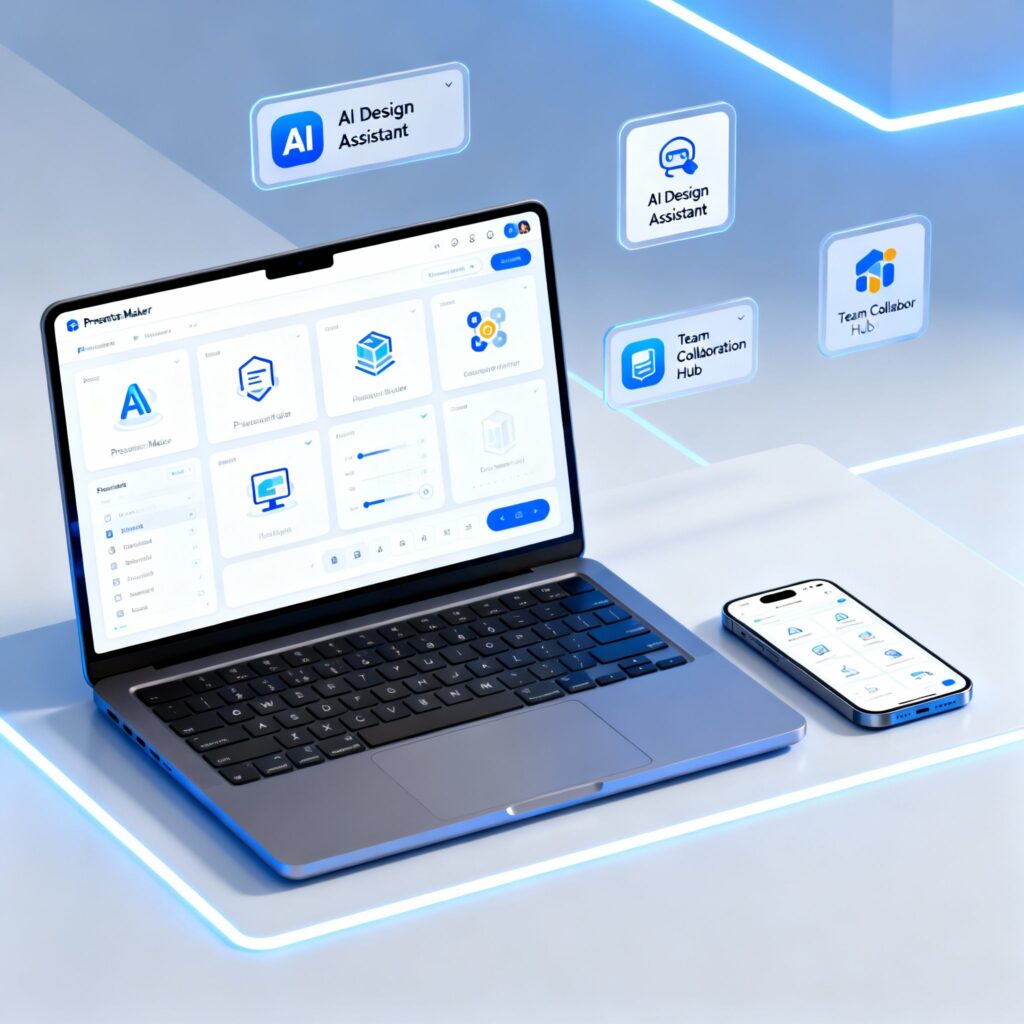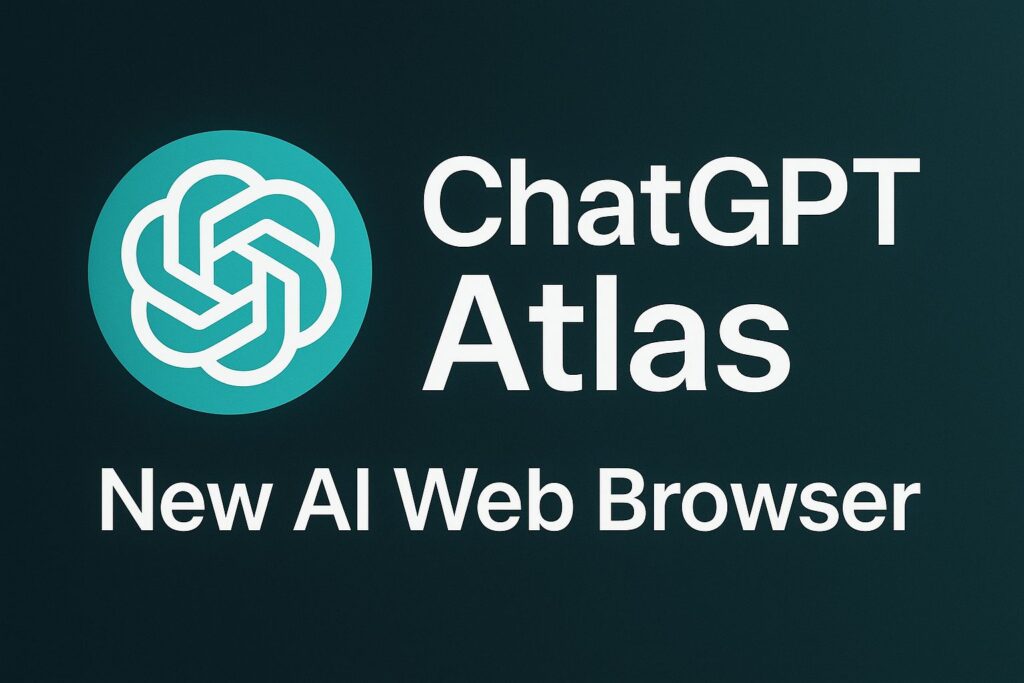Today’s data-driven companies rely on data analytics and visualization tools such as Looker Studio for key insights. Thanks to its intuitive user interface and extensive options list, Looker Studio has quickly become a go-to option for numerous businesses looking for data-based solutions to increase efficiency and expansion.
Looker Studio – Overview
Looker Studio is a business intelligence tool developed by Looker that allows users to visualize and explore data through an intuitive web-based interface. Some key features and capabilities of Looker Studio include:
- Drag-and-drop interface for building dashboards and visualizations – Users can easily drag fields into visualizations like charts, tables, maps etc. to start analyzing data without writing code.
- Pre-built customizable visualizations – Looker Studio comes with a library of pre-configured visualizations that can be customized with just a few clicks. This makes it fast and easy to build standard charts.
- Ad-hoc data exploration – Users can slice and dice data on the fly to explore trends and insights. Interactive filters allow you to drill down into the details.
- Natural language search – Looker Studio understands simple phrases entered in natural language to find relevant data, metrics and visualizations.
- Integration with Looker blocks – Reusable Looker blocks built by analysts and developers can be leveraged in Looker Studio to tap into common business logic and functionality.
- Automated dashboard scheduling – Dashboards can be scheduled to automatically refresh with up-to-date data on a recurring schedule.
- granular permissions – Role based permissions control who can access dashboards and underlying data. Dashboard filters provide row-level security.
- Mobile optimization – Dashboards are optimized for mobile so they can be monitored on the go from any device.
Looker Studio empowers non-technical users to intuitively explore and visualize data to gain quick insights and make better data-driven decisions, without needing to know SQL or coding. The interactive drag-and-drop workflows combined with Looker’s semantic modeling and reusable blocks enable users to self-serve their analytics needs.
Here are some additional key features and capabilities of Looker Studio:
- Interactive filtering – Users can filter visualizations dynamically using dropdowns, search boxes, date pickers etc. This makes it easy to slice and dice the data on the fly.
- Drill down – The ability to seamlessly drill down from summary views to more detailed underlying data for granular analysis.
- Parameterization – Dashboard visualizations can be parameterized to make them reusable. Parameter drop downs and search boxes allow users to modify filters and select different data slices.
- Alerting – Users can set up alerts that get triggered when data meets specified conditions. Alerts can notify via email, Slack or other integrations.
- Developer SDK – Looker provides an SDK for developers to build custom visualizations, add functionality or integrate with other apps. These extensions can be leveraged in Looker Studio.
- Multi-user collaboration – Dashboards can be shared across teams for broader visibility. Comments and annotations make collaboration easy.
- Git integration – Dashboards can be managed via Git for version control and change management like any other code.
- Presentation mode – A dedicated full-screen presentation mode makes it easy to showcase dashboards and data on a big screen.
- Integration with R and Python – Users can leverage R and Python scripts for advanced analysis right within Looker Studio dashboards.
So in summary, Looker Studio combines ease of use with advanced functionality like alerting, collaboration, extensions and customization to empower users with self-service access to data for faster and more agile decision making.
What users can do with Looker Studio
One of Looker Studio’s greatest strengths lies in its flexibility and customization options. Users can effortlessly personalize charts, colors, borders, shadows, and more, allowing them to design reports that align perfectly with their brand identity or desired aesthetics. This level of customization goes beyond superficial changes; it instills a sense of ownership and professionalism in the reports, making them more engaging for both creators and audiences.
Moreover, Looker Studio allows users to take control of their report layouts, making it more white-label. The option to hide or display headers gives users the freedom to present the data as they see fit. By adding multiple pages to the report, users can organize information effectively and create a comprehensive narrative. Consistency across pages is maintained through report-level elements, enhancing the overall visual appeal and coherence of the report.
Discover more from TechResider Submit AI Tool
Subscribe to get the latest posts sent to your email.





